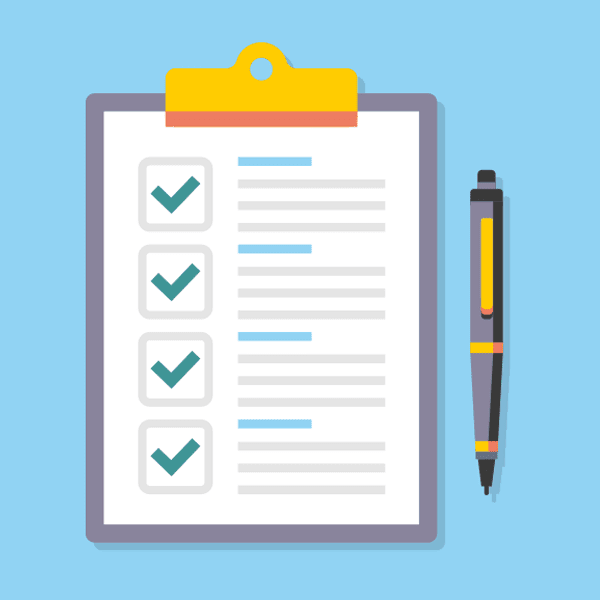After deciding on a web design agency, assembling your team, and gathering your resources, you’re ready to prepare content for your site.
While animations, graphics, effects, and the visuals of a website do play a great role in its success—at the end of the day website content is what delivers the information your users are looking for.
How exactly do you find and prepare this content? What about how to make it compelling for your target audience, scannable, accurate, and complete?
Read on to learn more about preparing your content in order to keep your website redesign on track and ready for production.
What to do before creating new website content
For nearly every website, there are new pages that need to be written and old pages to purge. Start by narrowing down the pages you are going to write. By slowing down and building the foundation, as well as the site architecture, you’ll save yourself loads of writing time by defining the list of pages you are going to need.
Typical pages to reconsider include the about, team, and frequently asked question, but take time to develop your site architecture and a strategy for the pages on your site.
Pro-tip: Don’t just copy website content from your current site. Take time to make sure it’s still accurate and relevant to your target audience.
How to start preparing content for your new website
Take time at the beginning to gather information about your users, marketing strategy, new site, and content. While it may seem easy to just edit the content you’ve been using on your current site, it’s important to review all of your current marketing pages and perform a site audit.
By conducting an audit, you’re able to evaluate your current website content to tell what’s working and what your team needs to implement to get the most return on your investment.
Never done a comprehensive review of your site?
If you are starting from scratch, that’s okay. Identify who your most important users are (aka, your target audience), and think about what they users need (or, why are people going to your site). Use these details to put together a website buyer persona. This will serve as your guide to understanding the key pages on your site.
Pro-tip: At TBH Creative, we always recommend taking a content-first approach with website redesign projects to minimize the potential for costly rework. If the content isn’t right, a good website design can’t save it. Start your project by creating a foundational content strategy and build from there.
Good website content involves focusing on more than its copy
The pages on your website are not just words on a page, or at least they shouldn’t be. You should think ahead about other important assets for search engine optimization, too.
Website SEO
You want your pages to be found in search right? Then one of your top priorities/focuses should be search engine optimization, or SEO.
Whether your website is big or small, your site’s SEO can directly impact your site’s success. SEO increases the visibility of your content and makes it easier for users to find your site organically via search, and it includes different types of content, such as:
- URL structure
- Metadata (page title and search description)
- Structured data
- Code quality
- Image formatting
- Heading hierarchy
- Dynamic content
Get things right from the get-go by focusing on SEO now. Pick and target keywords, then make sure these are included in optimized meta descriptions and page titles. Prepare descriptive alt tags for images. Create more accessible CTAs and avoid using vague links that just say, “Click Here.”
Website photography and illustrations
You wouldn’t just want your users visiting your site to find just plain old text, would you? Including images with your content when passing it along to your design agency is extremely important to keeping your site production moving along.
Sharing your high-quality images and graphics with your web design agency will not only allow readers to have some visual context of the content but will allow your agency to stay on track with creating your new pages.
Thinking of using stock on your site? Think again.
Website style guide
Whether your company is going through a total rebranding or just adjusting the content, have a plan, and stick to it. If you are writing new website content, make sure your team has guidelines to follow regarding brand voice, website formatting rules, and style tips.
Establishing a reference for website styles will not only make implementing and editing a breeze upfront, but it will also save you time with maintenance tasks and integrating new content in the future.

